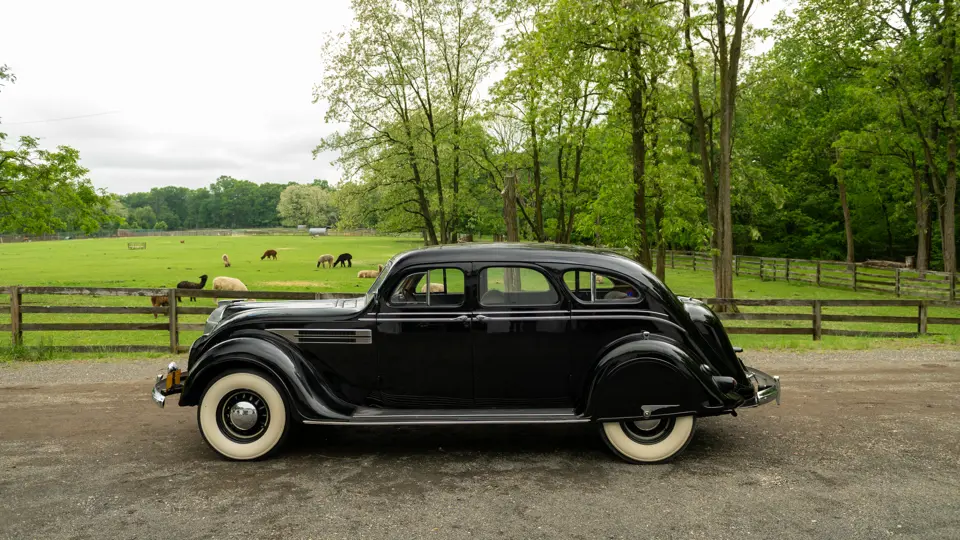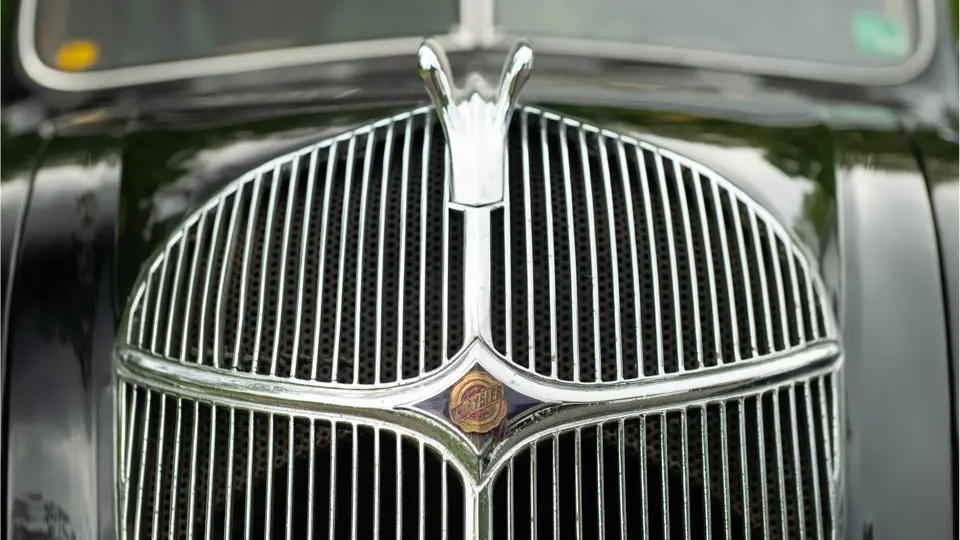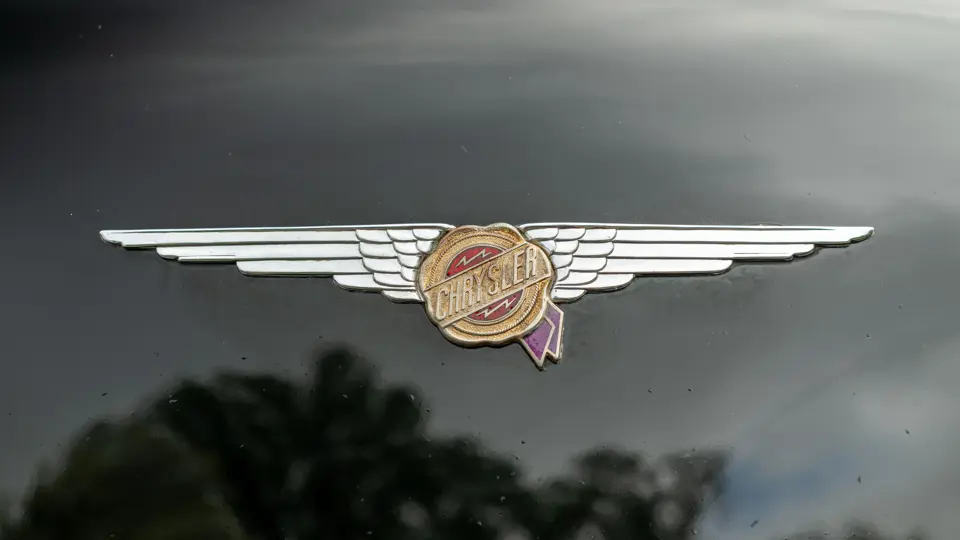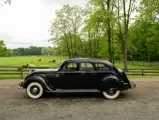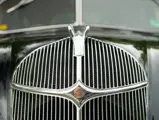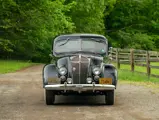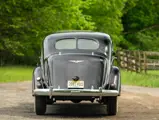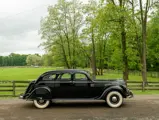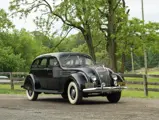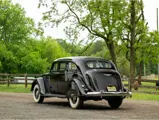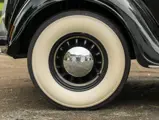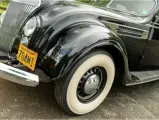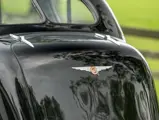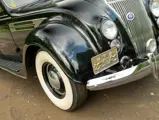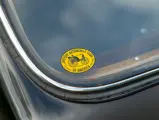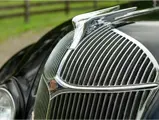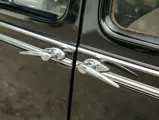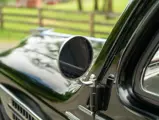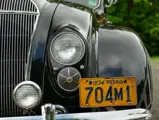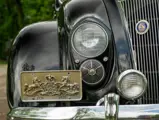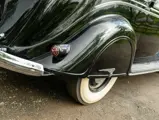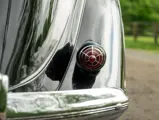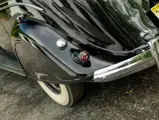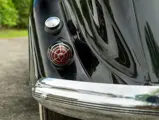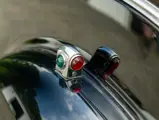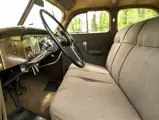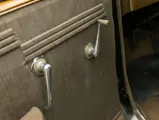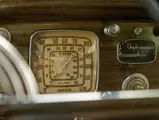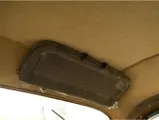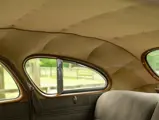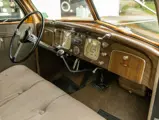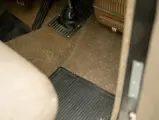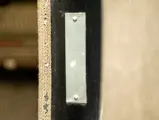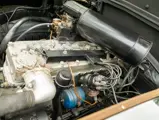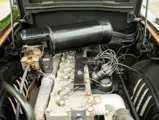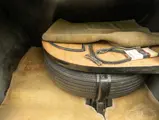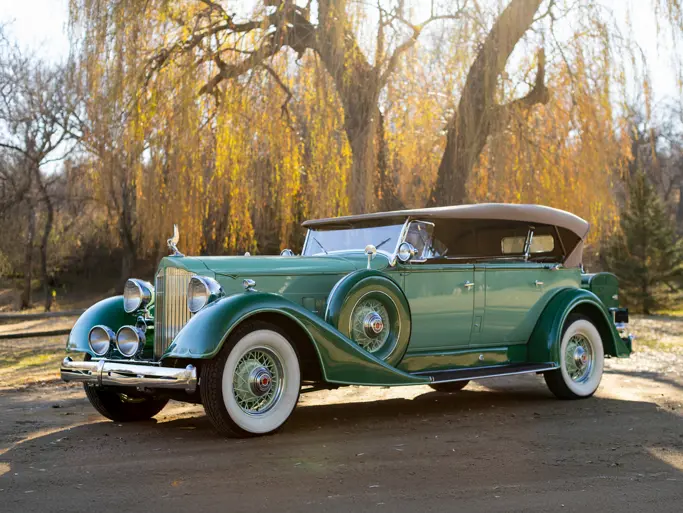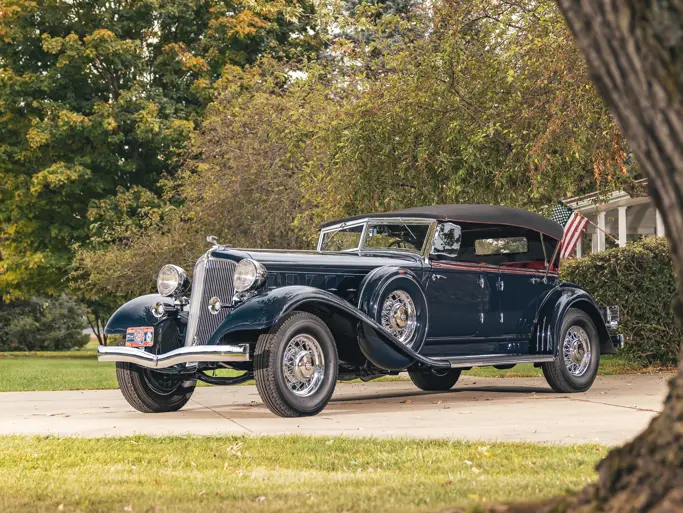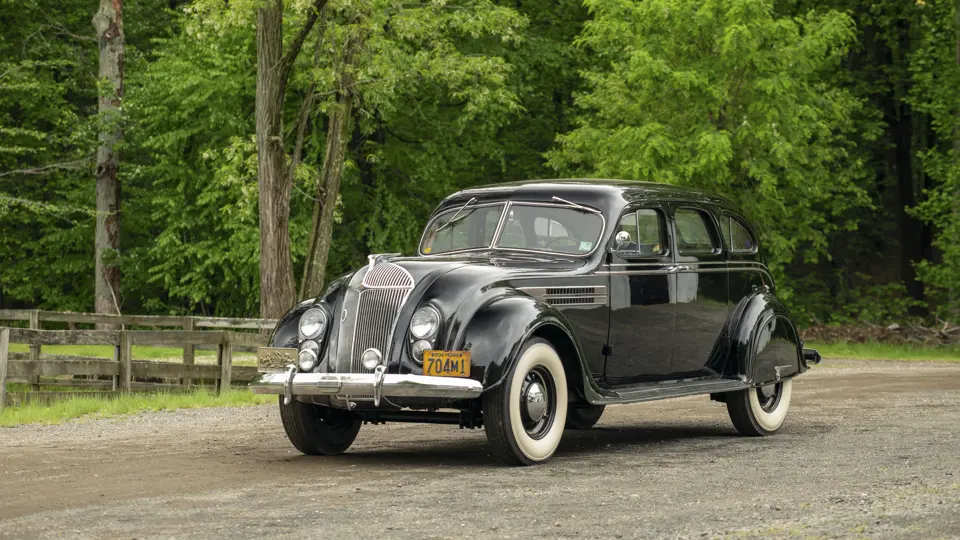
1936 Chrysler Imperial Airflow Sedan
{{lr.item.text}}
$20,900 USD | Sold
Offered from Sonny Schwartz’s Suzy Q Collection
{{bidding.lot.reserveStatusFormatted}}
- Very charming condition with abundant patina and many original finishes
- One of just 4,529 sedans built in 1936; an engineering marvel for its era
- Displayed for some years in the present collection
- A CCCA Full Classic
Chrysler Corporation made automotive history when it debuted the Airflow at the New York Auto Show in January 1934. A radical departure from anything before it, the Airflow featured streamlined Art Deco design with a novel beam-and-truss chassis that was impressively light and robust. The engine was placed over the front axle, some 20 inches ahead of its position in previous Chryslers, while the rear seat was mounted ahead of the rear axle. This resulted in unprecedented interior space and, as passengers sat within the wheelbase, a remarkably smooth ride.
While the public did not warm to the Airflow’s advanced style at the time, the model has since become appreciated as an automotive icon and is considered one of the most significant American cars of its era, thanks to its myriad technical and design advancements. Especially desirable are the larger, more powerful Imperial models, such as the C-10 of 1936, which had a 323.5-cubic-inch inline eight-cylinder engine, producing about 150 brake horsepower.
According to the records of the Airflow Club of America, Orville L. Kyler of Williamsport, Pennsylvania, formerly owned this C-10 Imperial Airflow Sedan. Mr. Kyler first recorded the Airflow with the organization in 1969, which is believed to have been the year he acquired it. The car remained in his ownership until 1985, when it was sold shortly before his passing. Afterward it disappeared from the scene, only recently emerging in the present owner’s collection.
This Imperial Airflow is believed to retain much of its original interior, rendered in a distinctive, finely grained cloth, with factory finishes still present on the dashboard, and the odometer reflecting 17,139 miles at the time of cataloguing. Its paint appears to be a combination of older finishes and some original lacquer that still holds a good shine in many areas and has a very appealing patina. Overall, the car fairly begs to be recommissioned and put back on the road. With proper awakening, it would be a wonderful driver that proudly wears much of its rich history and would be very comfortable for the entire family on tours, as those seats are every bit as soft, cushy, and relaxing as they appear.
This is still an engineering marvel, an incredible vehicle to behold and experience, almost 90 years after it left Detroit.
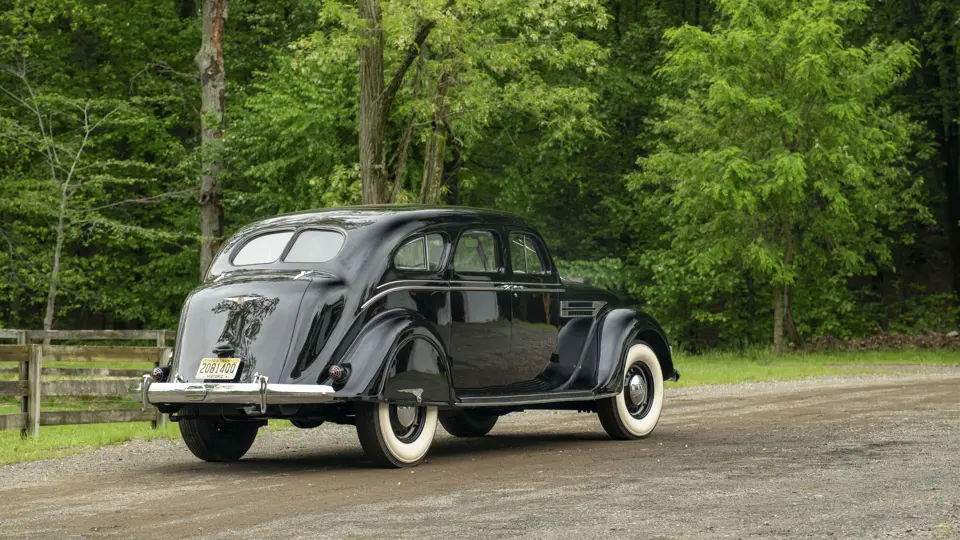
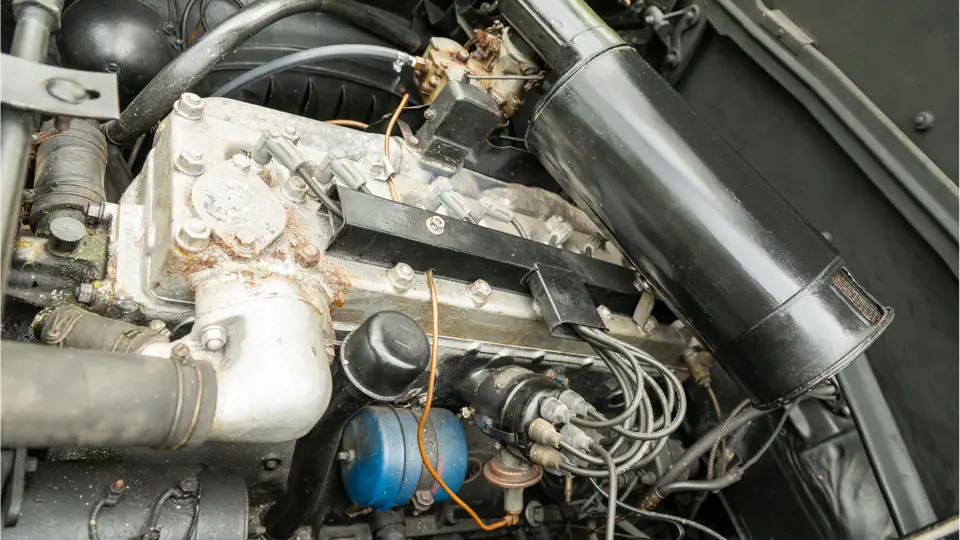


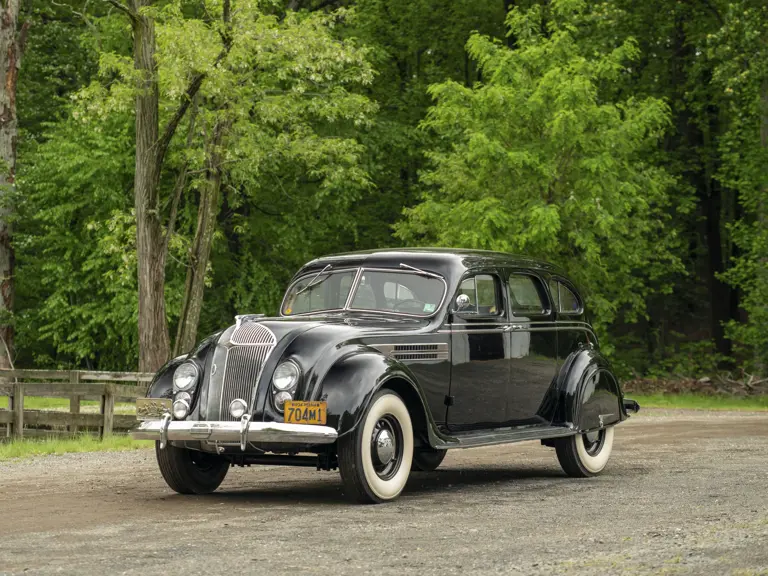

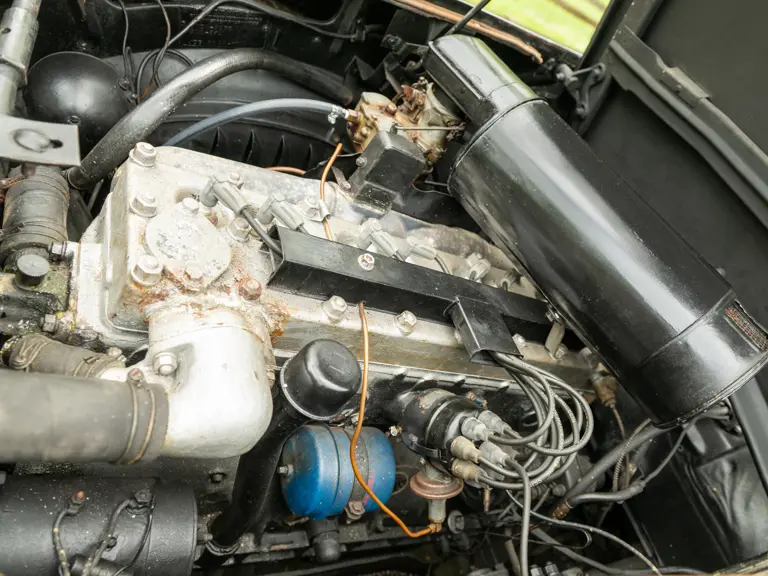

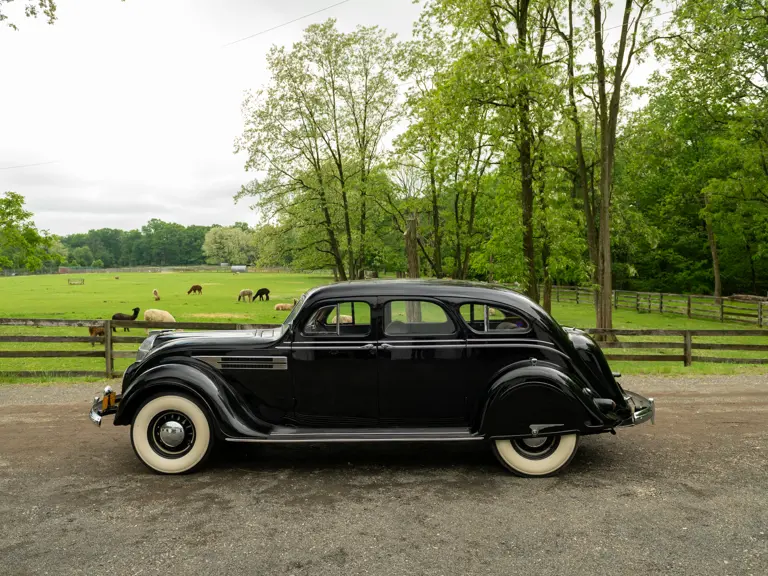

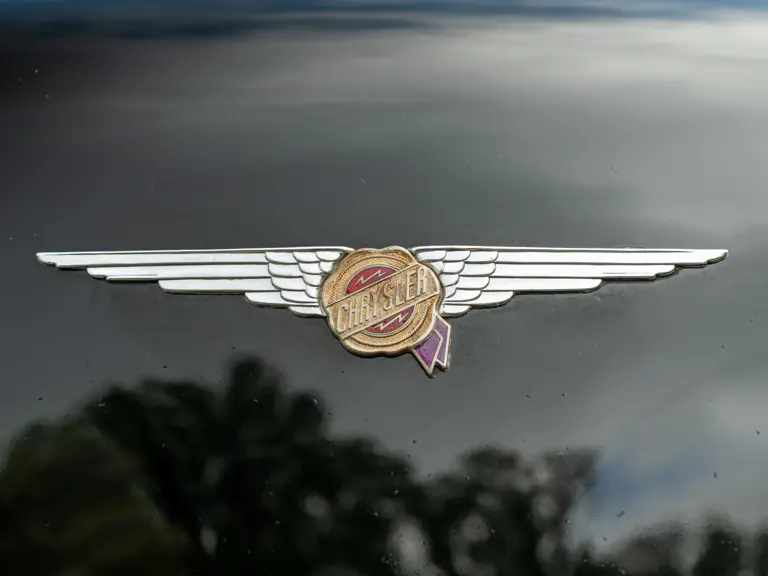
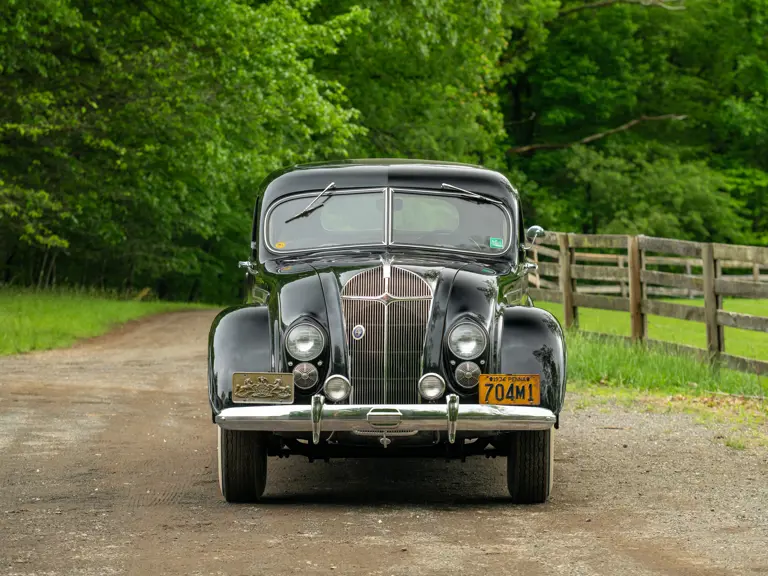
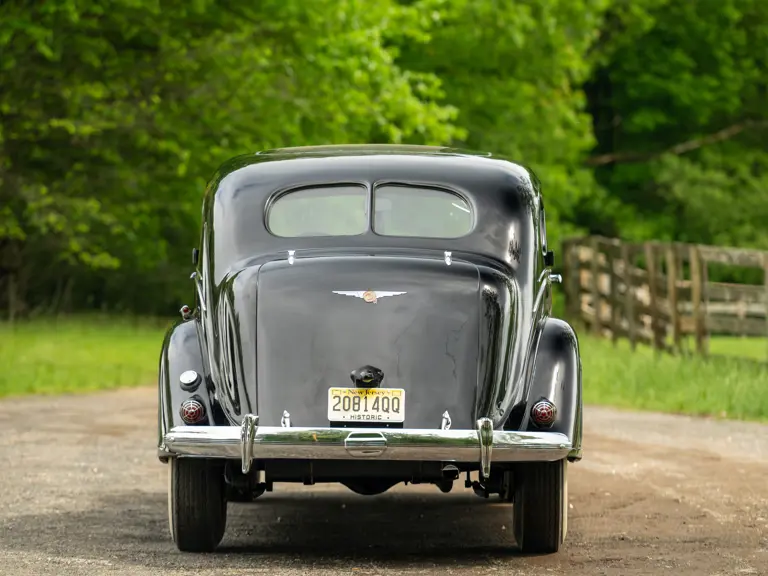

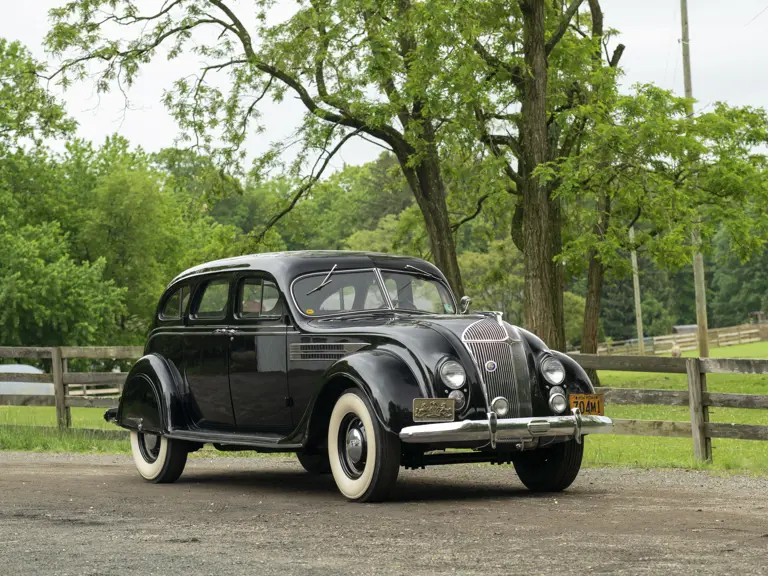
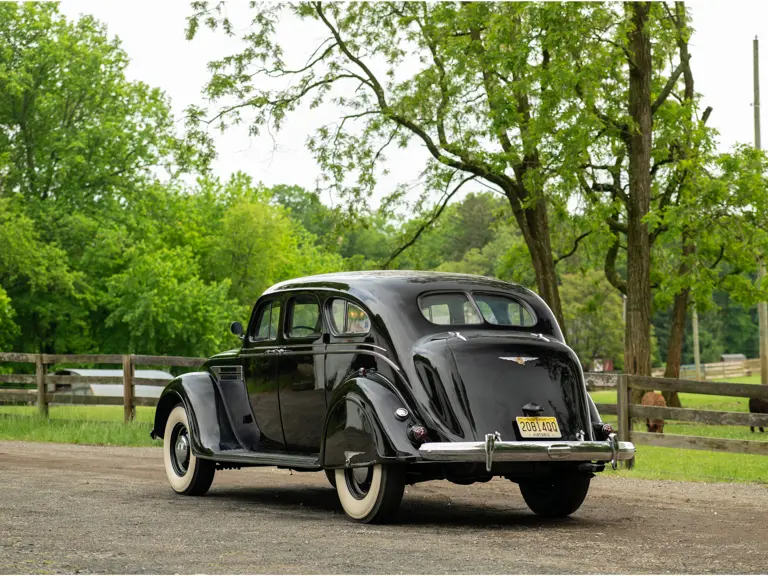
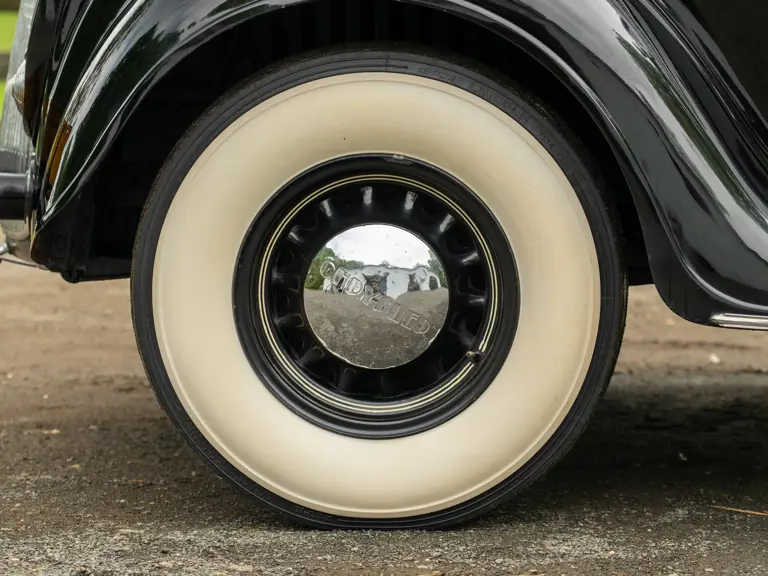



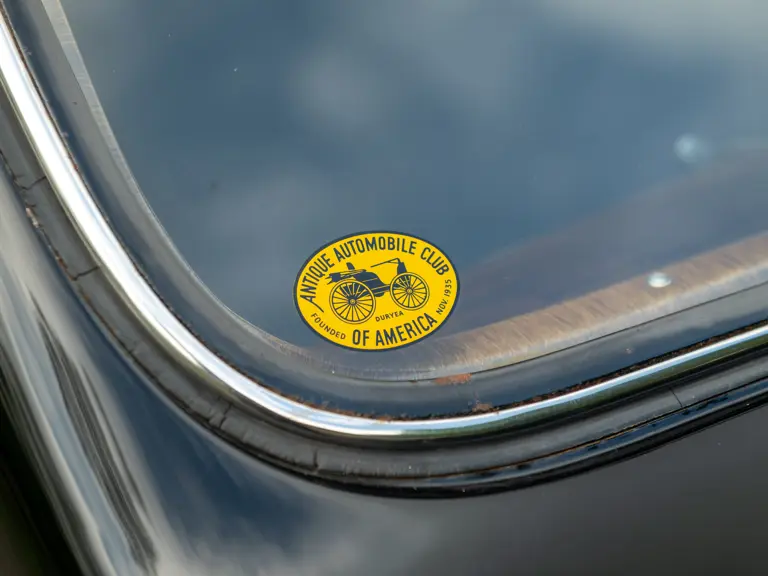
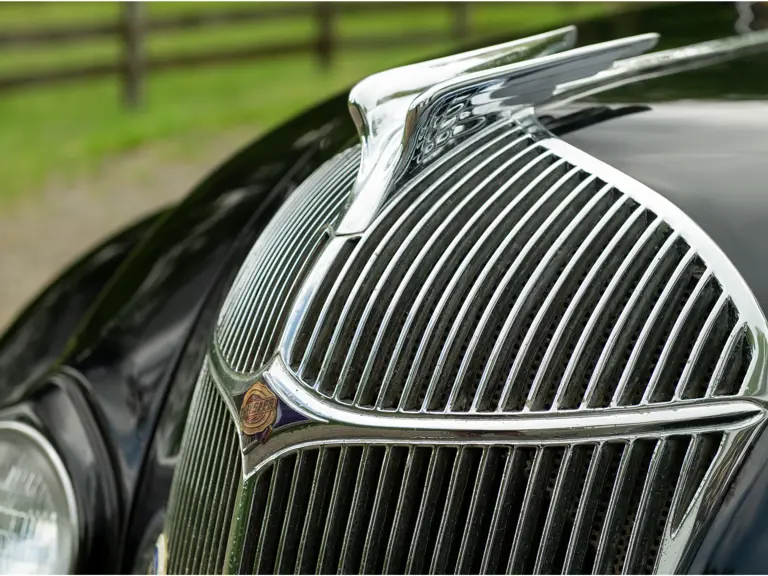
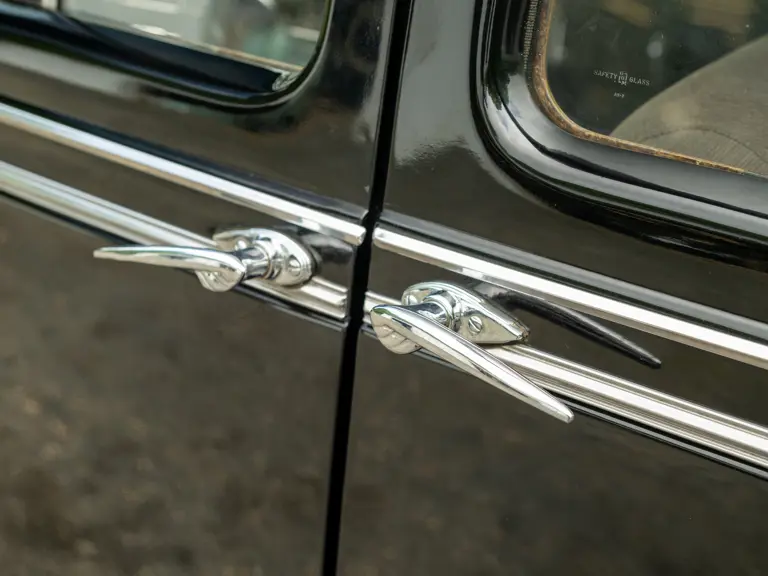
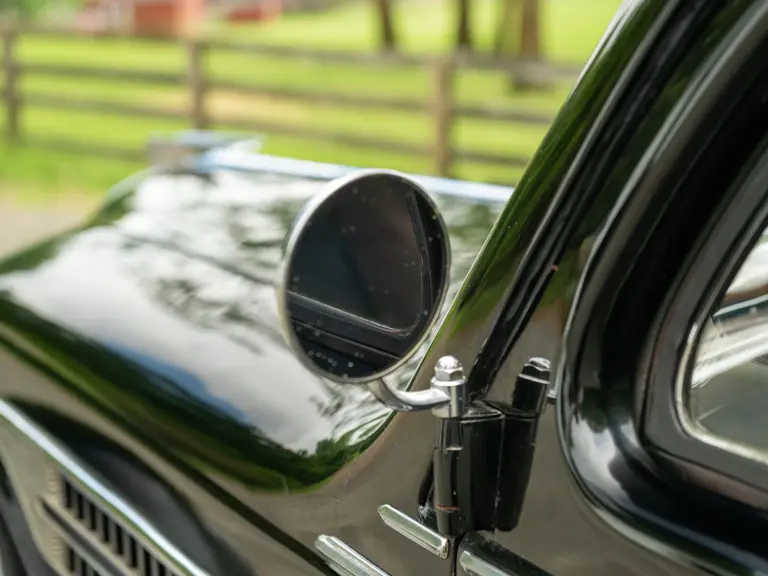
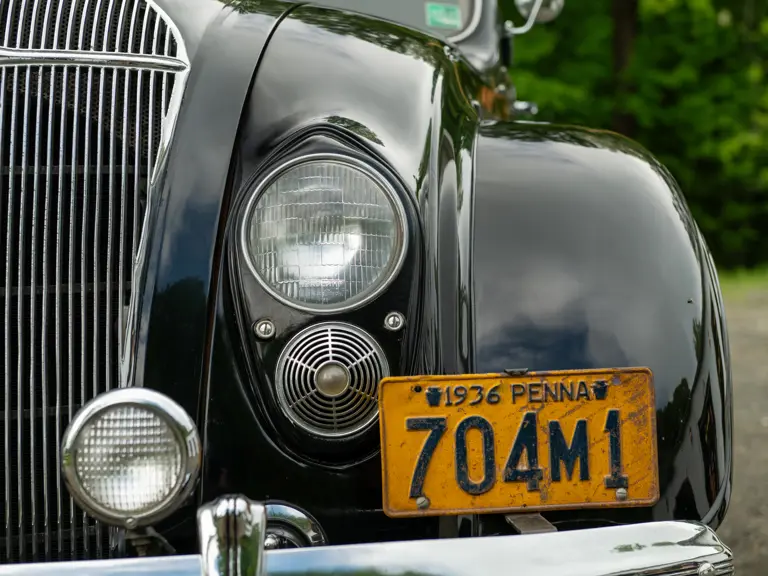


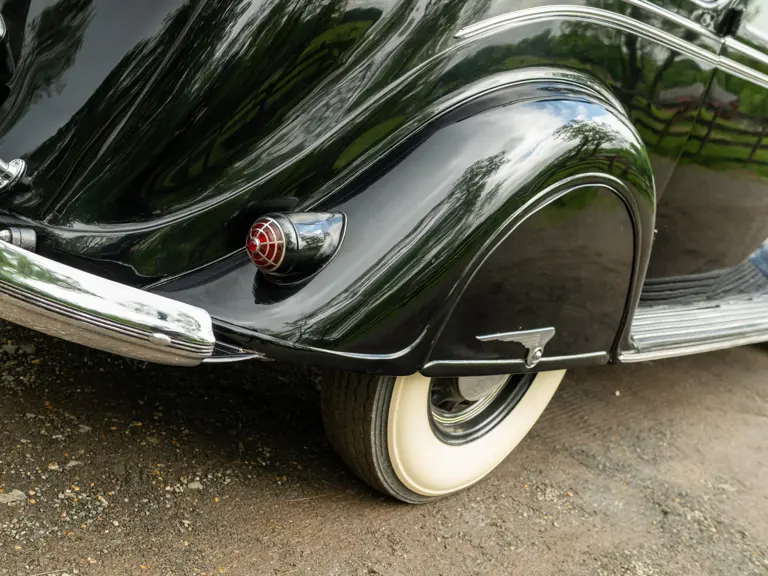


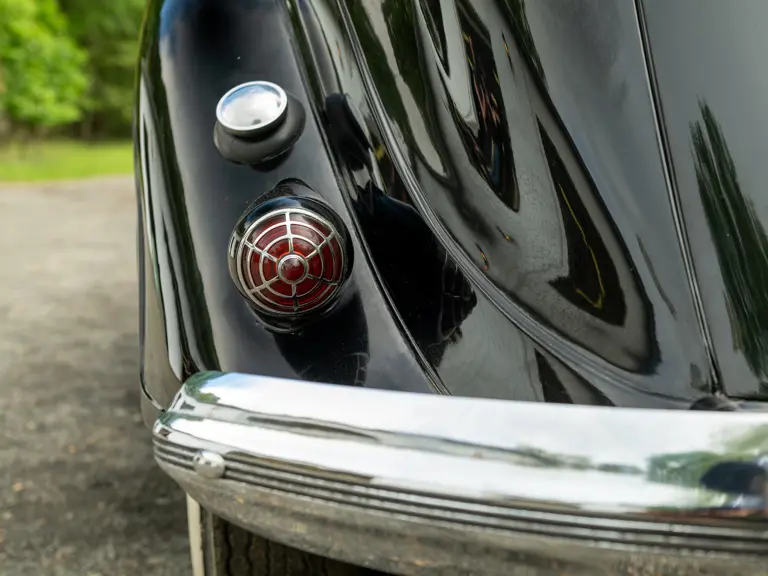
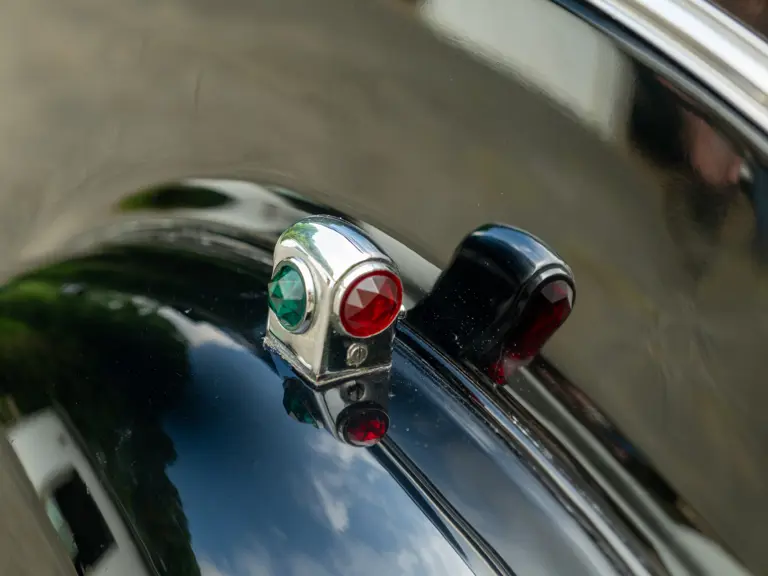

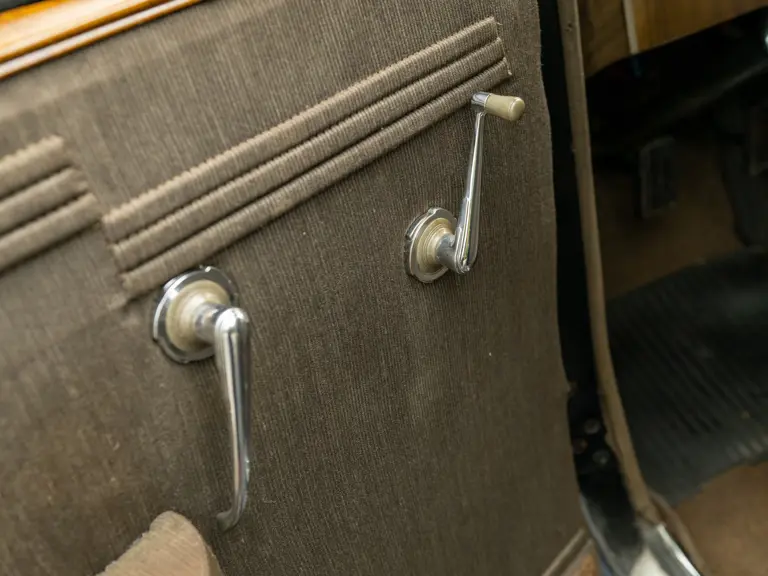
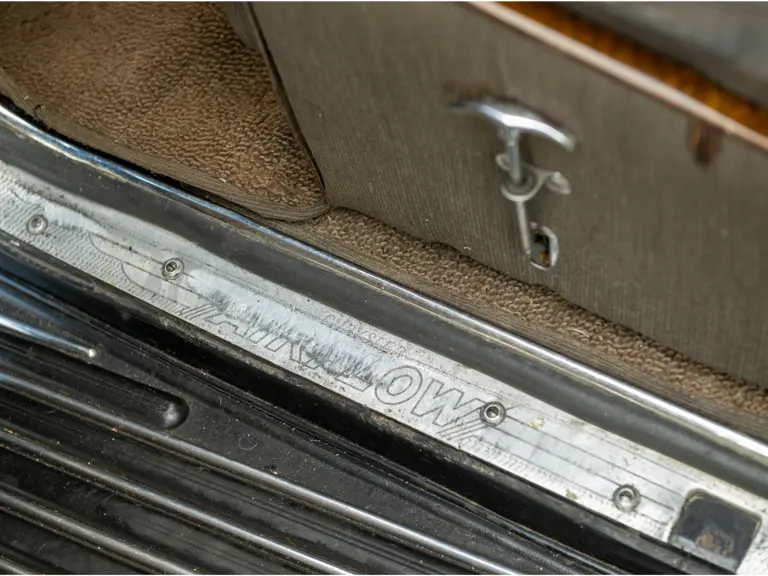


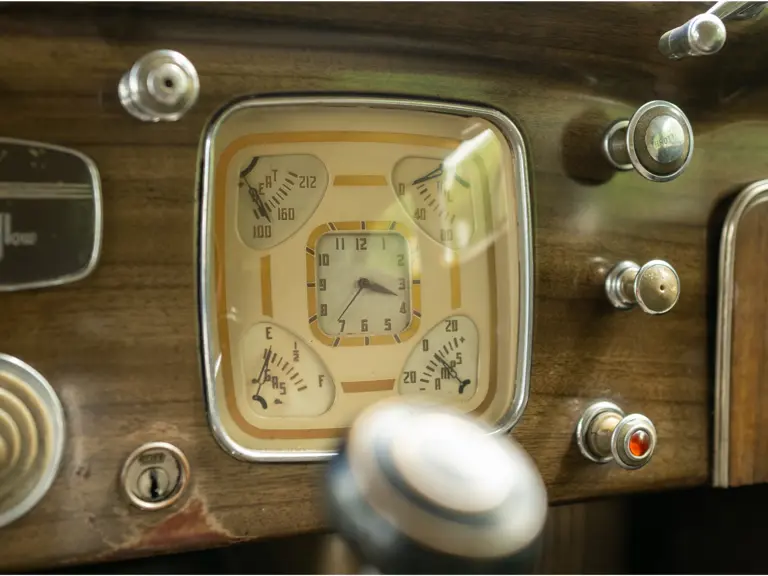

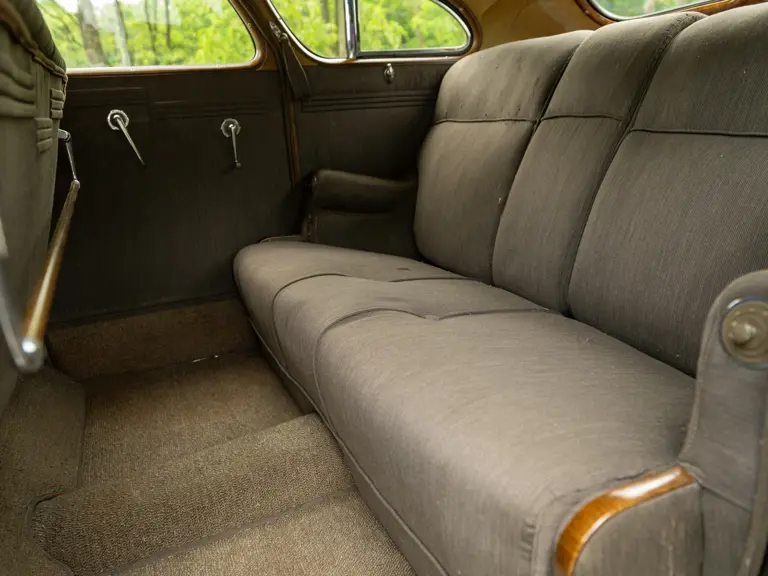


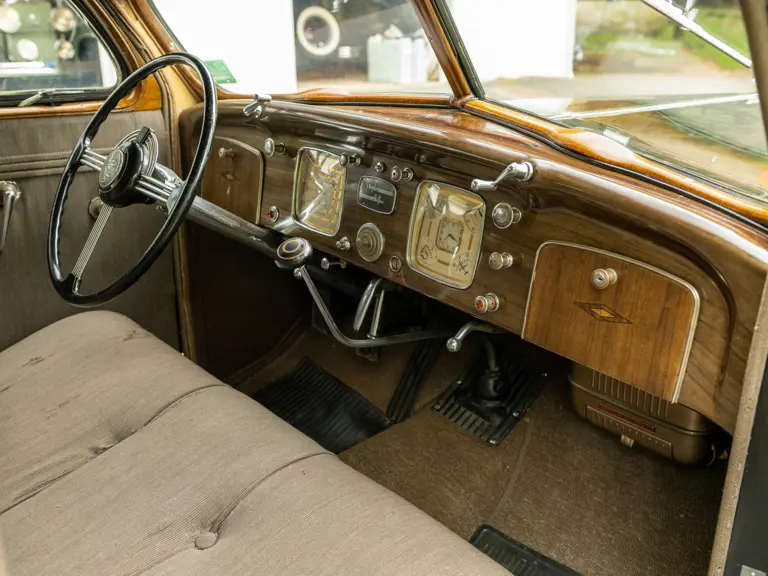
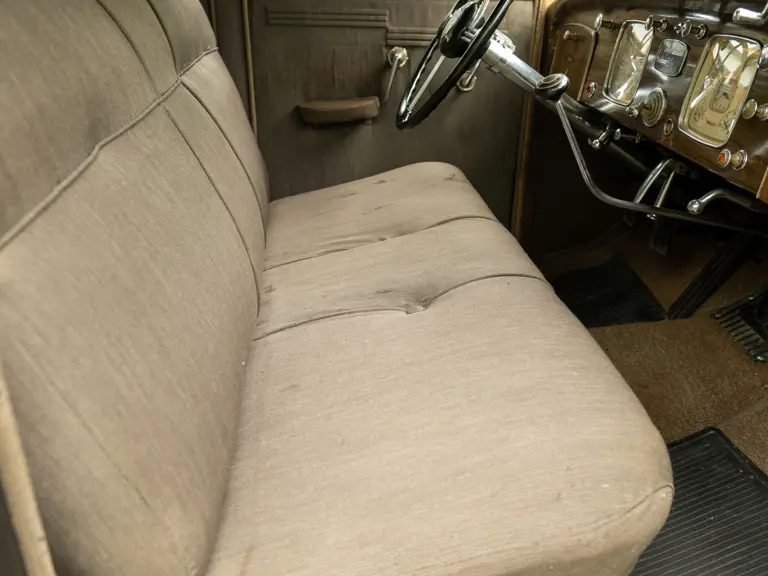

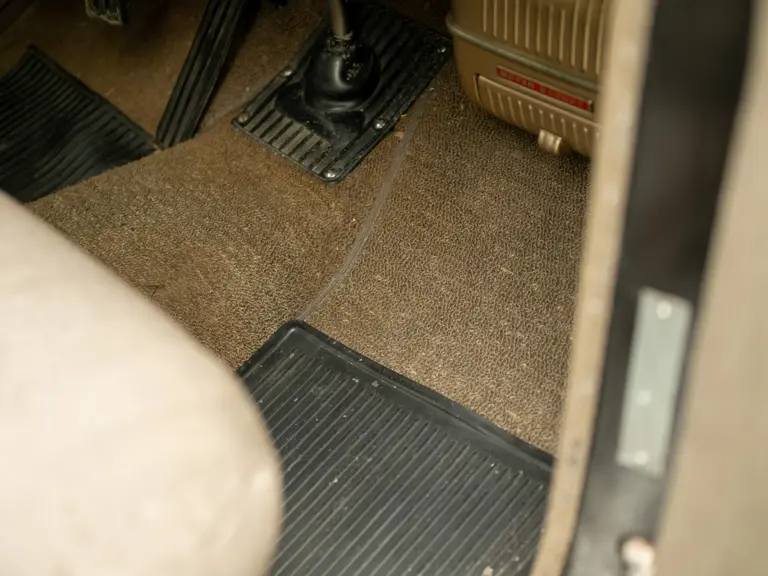
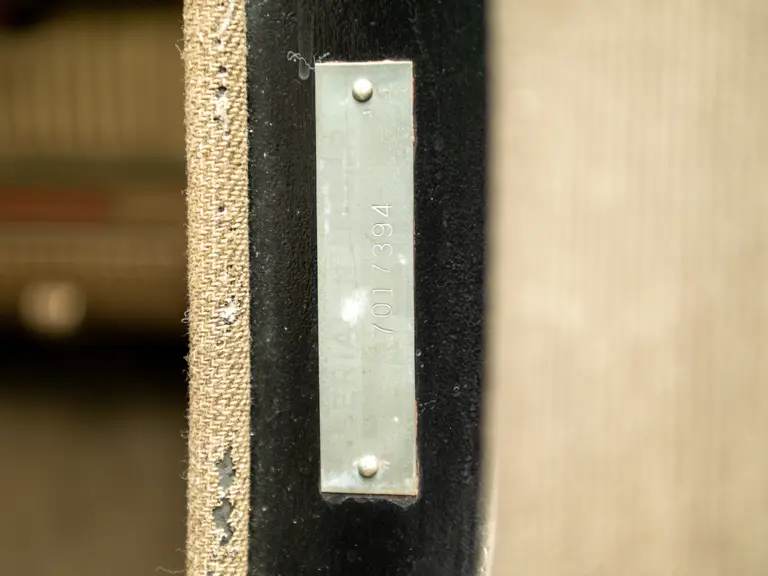
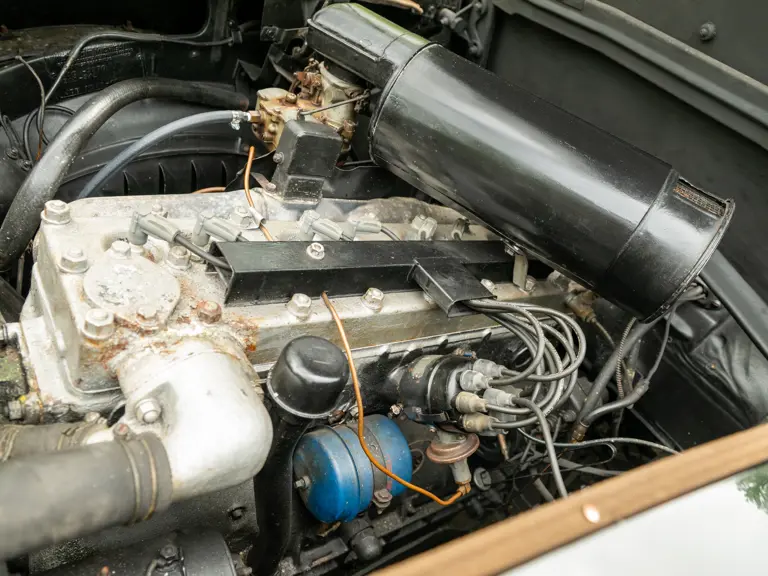
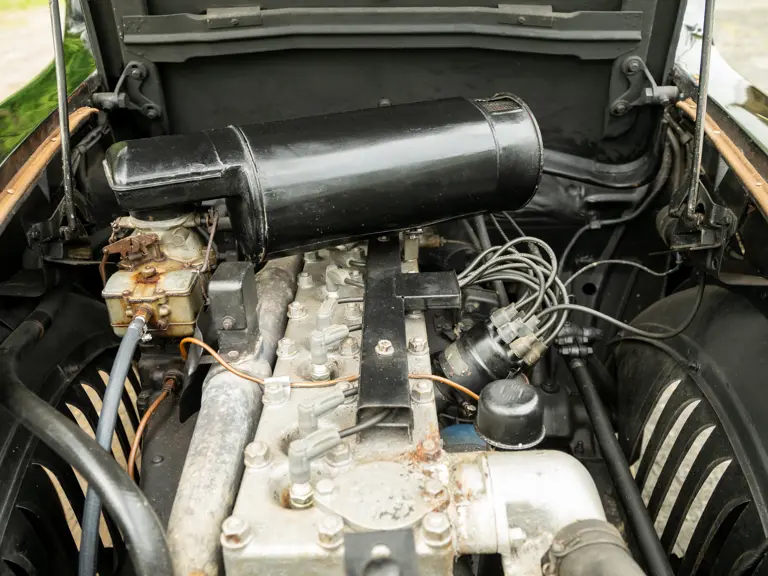
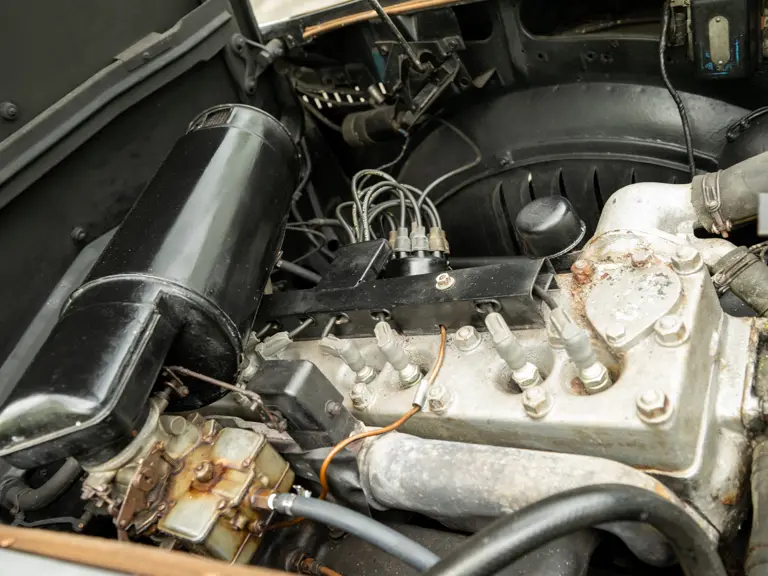
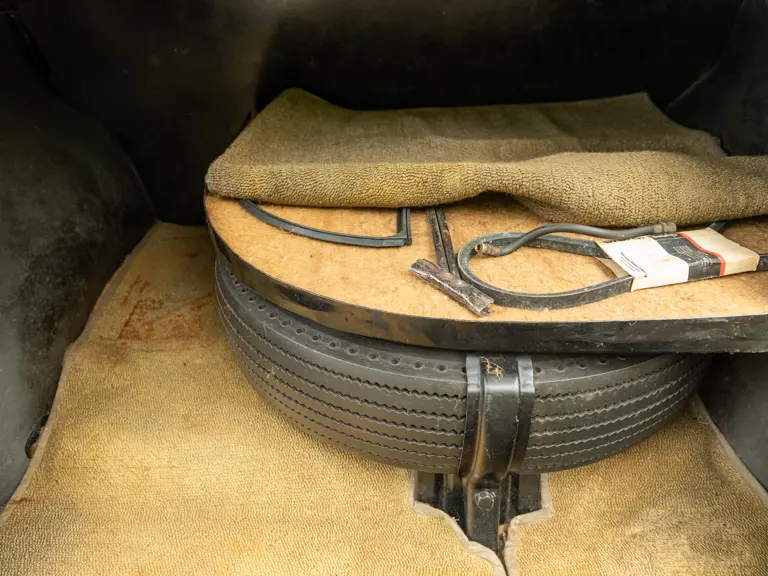
 | Hershey, Pennsylvania
| Hershey, Pennsylvania
